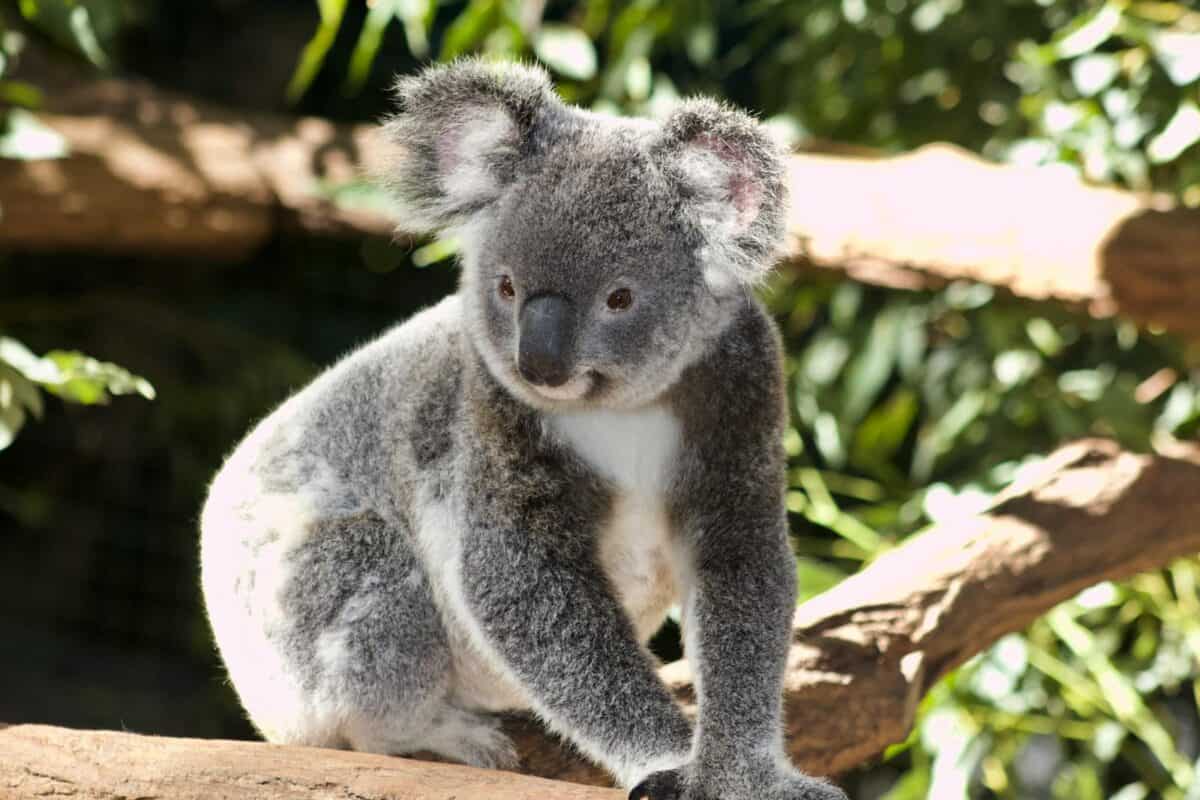In the eucalyptus forests of Australia, a remarkable auditory phenomenon can be heard during mating season – the distinctive bellowing calls of male koalas. These surprisingly powerful vocalizations, which can be heard up to a kilometer away, are fundamental to koala reproduction and social dynamics. Despite their cuddly appearance and generally quiet nature, male koalas transform into vocal powerhouses when it’s time to attract females. Their impressive bellowing not only serves to captivate potential mates but also establishes dominance hierarchies among competing males. This fascinating aspect of koala behavior offers a window into the complex communication systems that have evolved in these iconic marsupials.
The Anatomy of a Koala’s Bellow

The koala’s bellow is produced by a unique anatomical adaptation that sets them apart from other marsupials. Male koalas possess specialized vocal organs, including an extra pair of vocal cords called velar vocal cords, located at the velum (soft palate). These additional vocal cords, combined with their regular vocal cords, allow them to produce their distinctive low-frequency bellows. Perhaps most remarkable is the presence of a descended larynx and an enlarged velar extension, adaptations previously only observed in some land mammals like red deer and humans. This specialized equipment enables koalas to produce sounds much deeper than would be expected from an animal of their relatively small size, with frequencies as low as 27 Hz – well below the range of human hearing.
The Acoustics of Koala Bellowing
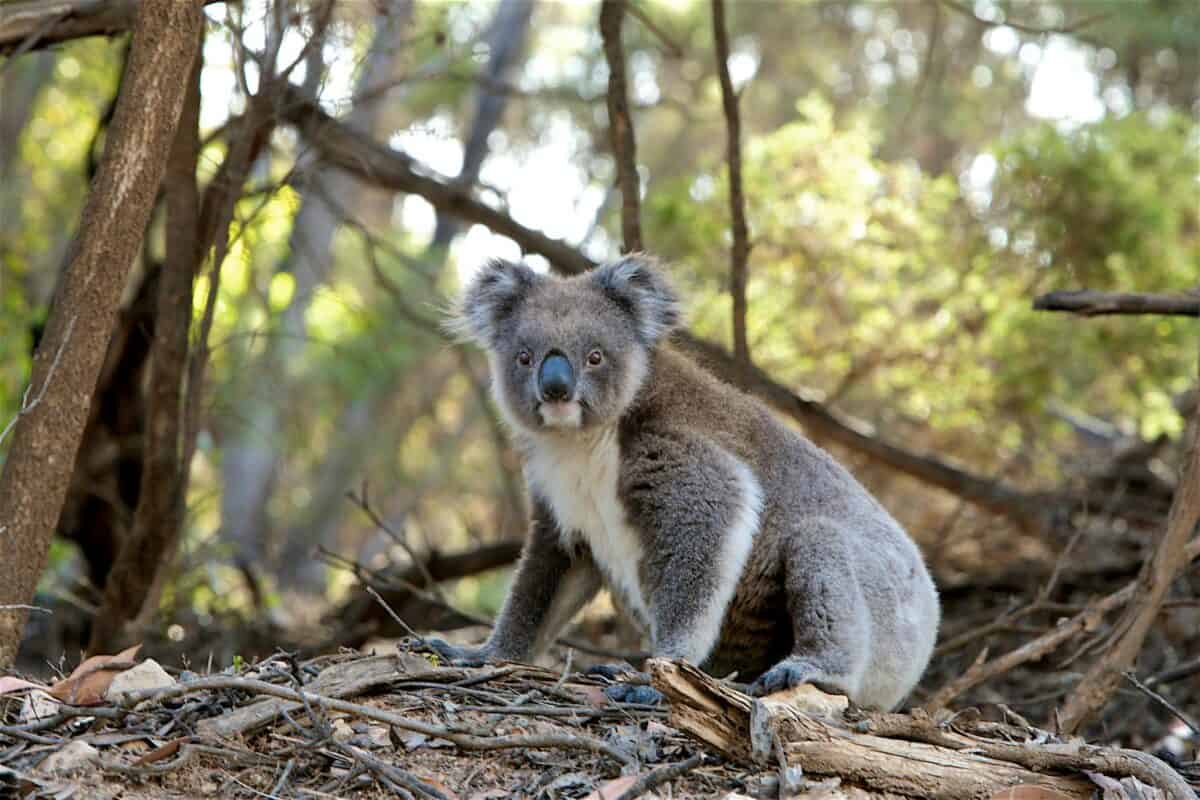
Koala bellows have a complex acoustic structure that researchers have studied extensively. A typical bellow sequence lasts 30-90 seconds and consists of a series of inhalation and exhalation components. The inhalation phase produces a high-pitched, snoring-like sound, while the exhalation phase creates the deep, resonant “growl” that carries across the landscape. Acoustic analysis reveals that koala bellows contain formant frequencies (vocal tract resonances) that accurately reflect the caller’s body size. The formant spacing in these vocalizations decreases as the size of the koala increases, creating a reliable acoustic signal of the male’s physical stature. This acoustic honesty is crucial for females assessing potential mates and for males evaluating competitors without direct confrontation.
Seasonal Patterns in Bellowing Behavior

Koala bellowing activity follows distinct seasonal patterns that align with their breeding season. Research conducted in various Australian habitats shows that bellowing frequency peaks during the Australian spring and summer months (September to February), corresponding with the primary mating period. During peak breeding season, males may bellow several times per hour, particularly during the night and early morning hours. The intensity and frequency of bellowing decrease significantly during the non-breeding months. This seasonal pattern in vocal behavior is regulated by hormonal changes, particularly fluctuations in testosterone levels in males, which rise during the breeding season and stimulate increased bellowing activity. Climate and regional differences across Australia can slightly shift these patterns, with northern populations showing extended breeding seasons compared to southern populations.
Female Choice and Male Bellowing

Female koalas exhibit strong preference for males with deeper, more resonant bellows – a classic example of sexual selection at work. Research using playback experiments has demonstrated that females pay particular attention to the formant frequencies in male bellows, which reliably indicate body size. Larger males with deeper bellows tend to be more successful in attracting mates, as size often correlates with genetic quality, competitive ability, and resource-holding potential. Interestingly, females can assess the size and quality of potential mates solely through acoustic cues, without visual confirmation, which is essential in their low-visibility forest habitat. This acoustic assessment allows females to make efficient mate-choice decisions while minimizing energy expenditure in searching for and evaluating potential partners across their fragmented habitat.
Male Competition Through Vocal Displays
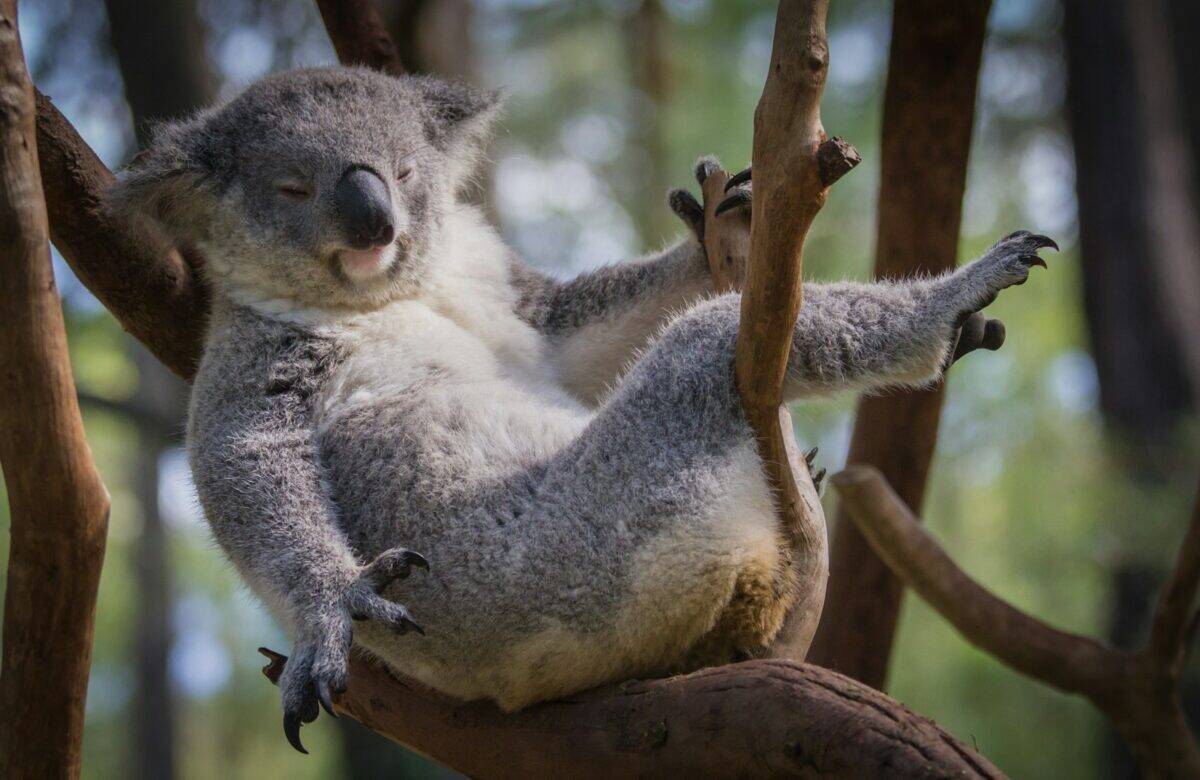
Among male koalas, bellowing serves as a crucial form of competition that often helps prevent physical confrontations. Males use their bellows to establish dominance hierarchies and defend territories containing multiple females. When a male koala bellows, he is effectively advertising his size, strength, and competitive ability to rival males. Subordinate males frequently retreat after hearing the bellows of a larger, more dominant individual, avoiding costly physical fights. Research has documented that males adjust their bellowing behavior based on social context – increasing the rate and intensity of their calls when new rivals appear in their vicinity. This vocal competition represents an energy-efficient way for males to compete for access to females without engaging in potentially dangerous physical combat, though physical fights do still occur when vocal displays fail to resolve competitive situations.
The Energetic Cost of Bellowing

Producing loud, low-frequency bellows requires significant energy expenditure for male koalas. During peak breeding season, males may spend hours bellowing, which represents a substantial metabolic investment. This energetic cost creates a mechanism ensuring honest signaling, as only males in good physical condition can sustain frequent, high-quality bellowing over extended periods. The energy demands of bellowing are particularly challenging for koalas given their nutritionally poor diet of eucalyptus leaves, which provides limited caloric intake. Researchers have found that male koalas may lose significant body condition during intense bellowing periods, demonstrating the substantial physiological investment required for this reproductive strategy. This energetic trade-off means that bellowing effectively advertises a male’s ability to allocate resources to reproduction despite dietary constraints, providing females with reliable information about male quality.
Geographical and Population Variations in Bellowing
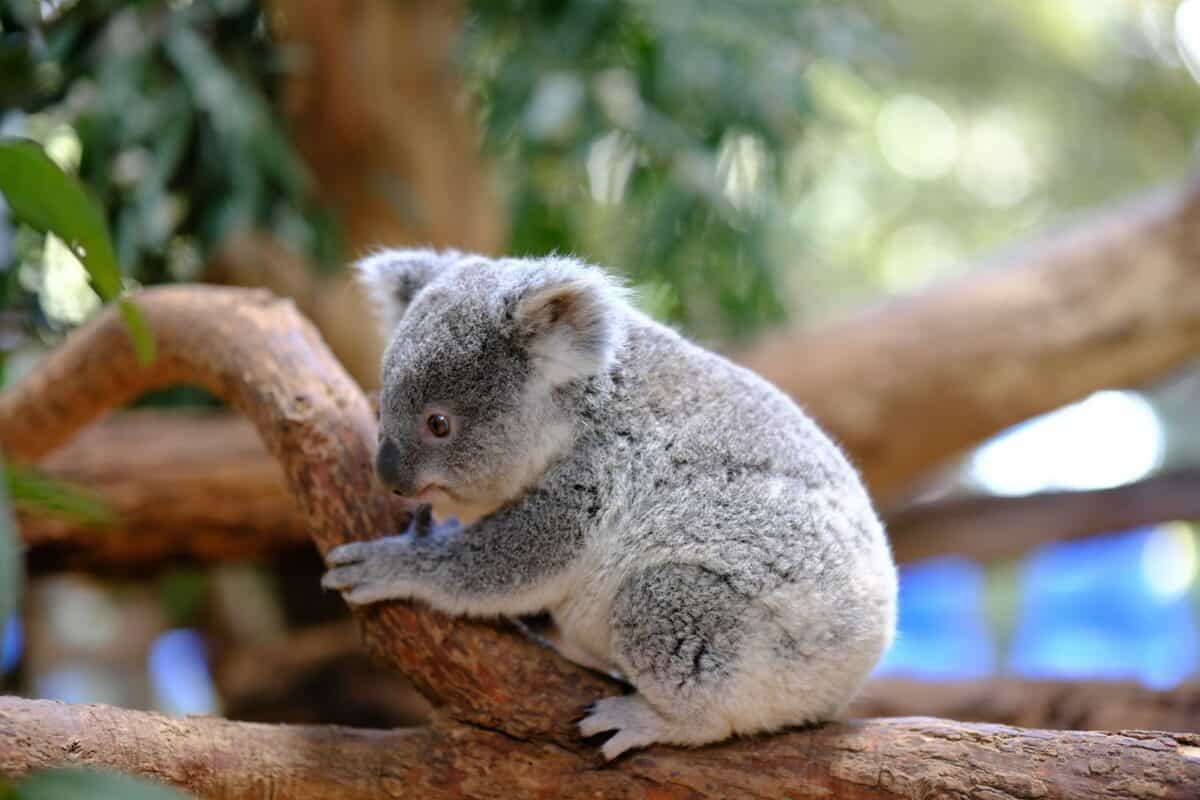
Koala bellowing exhibits subtle but distinct variations across different geographical regions and populations throughout Australia. Studies comparing populations in Queensland, New South Wales, and Victoria have detected variations in bellow acoustic properties, frequency patterns, and seasonal timing. These regional “dialects” likely develop due to a combination of genetic differences between geographically isolated populations and adaptations to local environmental conditions. For example, koalas in warmer northern regions tend to have more extended bellowing seasons compared to southern populations. Additionally, fragmented populations in urbanized areas show altered bellowing patterns, often with decreased overall vocal activity, likely due to habitat disruption and stress factors. These geographical variations in bellowing behavior provide valuable insights for conservation efforts and population management strategies, helping researchers identify isolated populations and monitor their reproductive health.
Bellowing in Response to Environmental Factors

Environmental conditions significantly influence koala bellowing behavior, with weather patterns playing a particularly important role. Research has documented clear correlations between bellowing activity and specific environmental variables. Temperature appears to be one of the most influential factors, with bellowing activity typically increasing during warmer nights. Humidity and rainfall also affect bellowing patterns, with koalas generally reducing their vocal activity during heavy rain events but often increasing bellowing after light rainfall. Lunar cycles show another interesting correlation, with studies finding increased bellowing during fuller moon phases, possibly due to better visibility and movement conditions. Additionally, researchers have observed that habitat fragmentation and noise pollution in urbanized areas can disrupt normal bellowing patterns, with koalas in disturbed habitats showing altered timing and reduced frequency of vocalizations compared to those in intact forest environments.
Technological Innovations in Studying Koala Calls

Modern technology has revolutionized the study of koala vocalizations, allowing researchers to gather unprecedented insights into their communication patterns. Automated acoustic recording devices, deployed throughout koala habitats, can continuously monitor bellowing activity without human presence disturbing natural behavior. Machine learning algorithms have been developed to detect and classify koala bellows among other forest sounds, enabling the processing of vast amounts of acoustic data. These technological advances permit long-term monitoring of bellowing patterns across different seasons and habitats, providing valuable data about population dynamics and reproductive activity. Some conservation projects now utilize acoustic monitoring as a non-invasive method to detect koala presence, estimate population density, and assess breeding activity in hard-to-survey areas. These technologies are particularly valuable for monitoring the effects of habitat fragmentation, bushfires, and climate change on koala communication and reproduction, helping to inform conservation strategies for this vulnerable species.
The Role of Bellowing in Population Monitoring
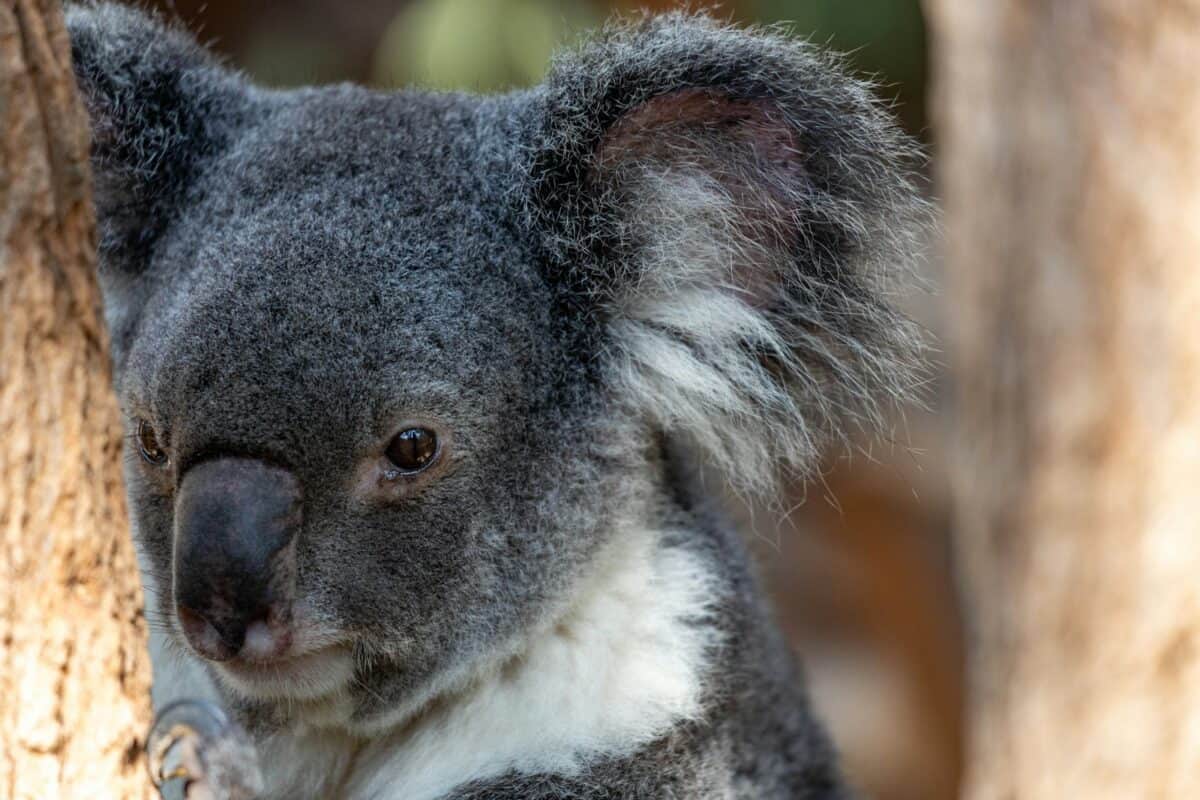
The distinctive nature of koala bellows makes them an excellent tool for population monitoring and conservation efforts. Researchers and conservation organizations increasingly use passive acoustic monitoring to detect koala presence, estimate population density, and assess reproductive activity without disturbing the animals. This method is particularly valuable in low-visibility habitats or after natural disasters like bushfires, when traditional survey methods may be difficult to implement. Long-term acoustic monitoring can track changes in population size and distribution over time, providing early warning of population declines. The seasonal patterns in bellowing also allow researchers to assess reproductive timing and success in different populations, which is crucial information for conservation management. By analyzing changes in bellowing frequency, timing, or acoustic properties, scientists can potentially detect population stress or disruption before it manifests in more obvious ways, enabling proactive conservation interventions.
Threats to Koala Communication and Reproduction

Several anthropogenic factors threaten normal koala bellowing behavior and its effectiveness in facilitating reproduction. Habitat fragmentation creates physical barriers between koala populations, limiting the transmission of acoustic signals and potentially disrupting mate-finding processes. Noise pollution from roads, construction, and other human activities can mask koala bellows, reducing their effective communication range and interfering with female choice and male competition dynamics. Climate change poses another significant threat, as altered temperature patterns may disrupt the seasonal timing of bellowing and breeding activity. Additionally, the increasing frequency and intensity of bushfires in Australia directly impacts koala populations and may further fragment their acoustic communication networks. Disease outbreaks, particularly chlamydia which is prevalent in many koala populations, can affect an individual’s energy reserves and ability to produce quality bellows. Conservation strategies must consider these threats to communication systems, not just direct habitat loss, to effectively protect koala reproductive success in the wild.
The bellowing vocalizations of male koalas represent a fascinating example of how acoustic communication shapes reproductive success in a specialized marsupial species. These powerful calls, produced by unique anatomical adaptations, provide honest information about male quality that females use in mate selection decisions while simultaneously mediating competition between rival males. The substantial energy investment required for bellowing creates a reliable signal of male condition that has evolved through sexual selection pressures in the challenging nutritional environment of eucalyptus forests. As koalas face increasing threats from habitat loss, climate change, and human disturbance, understanding their communication systems becomes increasingly important for conservation efforts. By continuing to study and protect these distinctive mating calls, we not only gain insights into the evolution of animal communication but also develop better tools to ensure the survival of one of Australia’s most iconic species.
- 9 Times Dogs Showed Unbelievable Loyalty to Their Owners - August 17, 2025
- Gardens as Safe Havens for Endangered Animals - August 17, 2025
- Lessons in Motherhood From the Animal World - August 17, 2025

